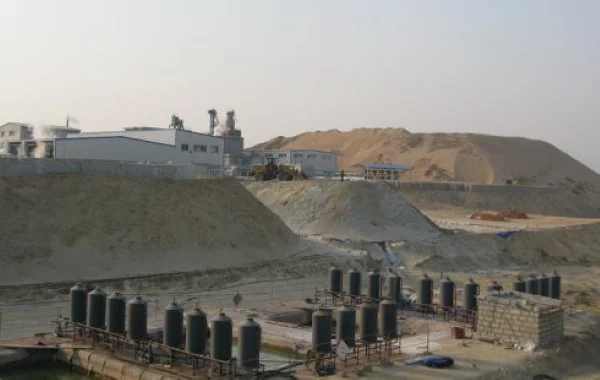
In the realm of gold mining, the pursuit of efficient and sustainable extraction methods is a constant endeavor. As gold resources become more complex and refractory ores become more prevalent, innovative techniques are required to maximize gold recovery. One such revolutionary approach is oxygen-enriched pressure leaching, which has emerged as a powerful tool in the extraction of gold from challenging ore deposits.
The Principle of Oxygen-Enriched Pressure Leaching
Oxygen-enriched pressure leaching combines the use of elevated pressure and increased oxygen concentration to enhance the leaching process of gold ores. Under normal atmospheric conditions, the dissolution of gold in cyanide solutions is relatively slow, and the presence of certain minerals can further impede the extraction process. By applying pressure and enriching the oxygen content, the chemical reactions involved in gold leaching are accelerated, leading to improved extraction efficiency.
Oxygen plays a crucial role as an oxidizing agent in the cyanide leaching of gold. It helps in the formation of soluble gold-cyanide complexes, allowing gold to be dissolved and subsequently recovered. By increasing the partial pressure of oxygen, more oxygen molecules are available to participate in the reaction, thereby driving the reaction forward and increasing the rate of gold dissolution.
Advantages of Oxygen-Enriched Pressure Leaching
Higher Gold Recovery Rates
One of the most significant advantages of oxygen-enriched pressure leaching is its ability to achieve higher gold recovery rates, especially for refractory ores. Refractory ores contain minerals such as sulfides, carbonates, and arsenides that can encapsulate gold particles or interfere with the cyanide leaching process. Under normal leaching conditions, these ores often yield low gold recoveries. However, the application of oxygen-enriched pressure leaching can break down these refractory minerals, exposing the gold and enabling more efficient extraction.
For example, in the case of sulfide-bearing gold ores, the increased oxygen concentration and pressure can oxidize the sulfide minerals, converting them into more soluble forms. This not only facilitates the dissolution of gold but also reduces the consumption of cyanide, as the sulfide minerals no longer compete with gold for cyanide ions. As a result, gold recovery rates can be significantly improved, sometimes reaching levels that are unattainable with traditional leaching methods.
Reduced Cyanide Consumption
Cyanide is a key reagent in the gold leaching process, but its use is associated with environmental and safety concerns. Oxygen-enriched pressure leaching offers a solution by reducing the overall consumption of cyanide. With the enhanced reaction kinetics and improved gold dissolution, less cyanide is required to achieve the same level of gold recovery.
The oxidation of refractory minerals by oxygen not only exposes the gold but also reduces the amount of cyanide-consuming impurities in the ore. This means that a smaller amount of cyanide can be used to dissolve the gold, resulting in cost savings and a reduced environmental footprint. Additionally, the lower cyanide consumption also minimizes the risk of cyanide spills and associated environmental hazards.
Shorter Leaching Times
Another advantage of oxygen-enriched pressure leaching is the significant reduction in leaching times. The elevated pressure and increased oxygen concentration accelerate the chemical reactions, allowing the gold to be dissolved more rapidly. This not only improves the overall productivity of the leaching process but also reduces the operational costs associated with long leaching times.
In traditional leaching processes, gold ores may require several hours or even days to achieve satisfactory gold recovery. In contrast, oxygen-enriched pressure leaching can achieve similar or higher recovery rates in a fraction of the time. This shorter leaching time not only increases the throughput of the processing plant but also reduces the energy consumption and equipment wear associated with extended leaching operations.
Factors Affecting Oxygen-Enriched Pressure Leaching
Oxygen Concentration
The oxygen concentration is a critical factor in oxygen-enriched pressure leaching. As the oxygen concentration increases, the rate of gold dissolution also increases. However, there is an optimal oxygen concentration beyond which further increases may not result in a proportional increase in gold recovery. This is because other factors such as mass transfer limitations and the presence of competing reactions may come into play.
In practice, the oxygen concentration is typically adjusted based on the characteristics of the ore and the desired leaching performance. Oxygen can be supplied in various forms, such as pure oxygen gas, oxygen-enriched air, or oxygen generated on-site using technologies such as pressure swing adsorption (PSA) or membrane separation. The choice of oxygen supply method depends on factors such as cost, availability, and the specific requirements of the leaching process.
Pressure
The application of pressure is another key parameter in oxygen-enriched pressure leaching. Increasing the pressure increases the solubility of oxygen in the leaching solution, thereby enhancing the reaction rate. Higher pressures also help in breaking down refractory minerals and improving the mass transfer of reactants and products.
However, there are practical limitations to the pressure that can be applied. High pressures require specialized equipment and infrastructure, which can increase the capital and operating costs of the leaching process. Additionally, extreme pressures may pose safety risks and require strict operational controls. Therefore, the optimal pressure for oxygen-enriched pressure leaching is determined through a balance between the desired leaching performance and the economic and safety considerations.
Temperature
Temperature also plays an important role in oxygen-enriched pressure leaching. Generally, an increase in temperature leads to an increase in the rate of chemical reactions, including the dissolution of gold. However, there are trade-offs associated with increasing the temperature.
Higher temperatures can increase the volatility of cyanide, leading to increased cyanide losses. Additionally, elevated temperatures may accelerate the oxidation of other minerals in the ore, which can consume oxygen and cyanide and potentially reduce the gold recovery rate. Therefore, the temperature in oxygen-enriched pressure leaching is carefully controlled to optimize the leaching process while minimizing the negative impacts.
Ore Characteristics
The characteristics of the gold ore, such as the mineralogy, particle size, and gold distribution, have a significant impact on the performance of oxygen-enriched pressure leaching. Different ores may require different leaching conditions to achieve optimal gold recovery.
For example, ores with a high content of sulfide minerals may require more aggressive leaching conditions, such as higher oxygen concentrations and pressures, to effectively oxidize the sulfides and liberate the gold. On the other hand, ores with a fine particle size may have a higher surface area available for reaction, which can enhance the leaching rate. Understanding the ore characteristics and tailoring the leaching process accordingly is essential for maximizing the benefits of oxygen-enriched pressure leaching.
Case Studies
Several mining operations around the world have successfully implemented oxygen-enriched pressure leaching technology to improve gold recovery and enhance operational efficiency. Here are a few notable case studies:
Case Study 1: [Mine Name 1]
[Mine Name 1] is a gold mine that processes refractory sulfide ores. Prior to implementing oxygen-enriched pressure leaching, the mine was achieving relatively low gold recovery rates using traditional cyanide leaching methods. After adopting oxygen-enriched pressure leaching, the mine saw a significant improvement in gold recovery, with rates increasing from [Previous Recovery Rate] to [New Recovery Rate]. The reduction in cyanide consumption was also substantial, resulting in significant cost savings. Additionally, the shorter leaching times allowed the mine to increase its throughput and improve overall productivity.
Case Study 2: [Mine Name 2]
[Mine Name 2] faced challenges in processing gold ores that contained a high amount of carbonaceous material. The carbonaceous material was causing "preg-robbing" of the dissolved gold, leading to low gold recoveries. By implementing oxygen-enriched pressure leaching in combination with a pre-treatment process to remove the carbonaceous material, the mine was able to overcome this problem and achieve high gold recovery rates. The oxygen-enriched pressure leaching process effectively oxidized the refractory minerals and enabled efficient gold extraction, resulting in improved economic performance for the mine.
Conclusion
Oxygen-enriched pressure leaching represents a significant advancement in the field of gold mining. By combining elevated pressure and increased oxygen concentration, this technology offers several advantages over traditional leaching methods, including higher gold recovery rates, reduced cyanide consumption, and shorter leaching times. The ability to effectively process refractory ores also makes it a valuable tool for unlocking the potential of complex gold deposits.
However, the successful implementation of oxygen-enriched pressure leaching requires careful consideration of various factors, such as oxygen concentration, pressure, temperature, and ore characteristics. Each ore deposit is unique, and a tailored approach is needed to optimize the leaching process. With continued research and development, oxygen-enriched pressure leaching is expected to play an increasingly important role in the future of gold mining, enabling more efficient and sustainable extraction of this precious metal.
- Random article
- Popular articles
- Popular comments
- Prioritized Flotation Process for Lead-zinc Ore
- Combined process of laterite nickel ore selection and smelting(oxidized ore)
- Lithium ore combined beneficiation process
- Basic techniques for antimony ore flotation processing
- Complete Manganese Ore Gravity Separation Process
- Barite Gravity Separation Process Explained in Detail
- Barite Combined Beneficiation: Key Process Insights

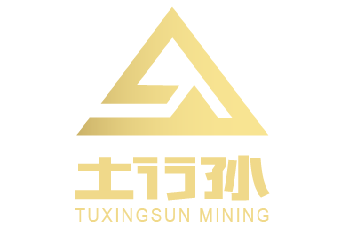
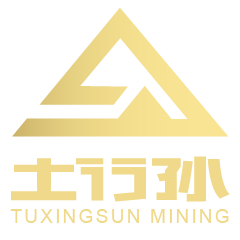
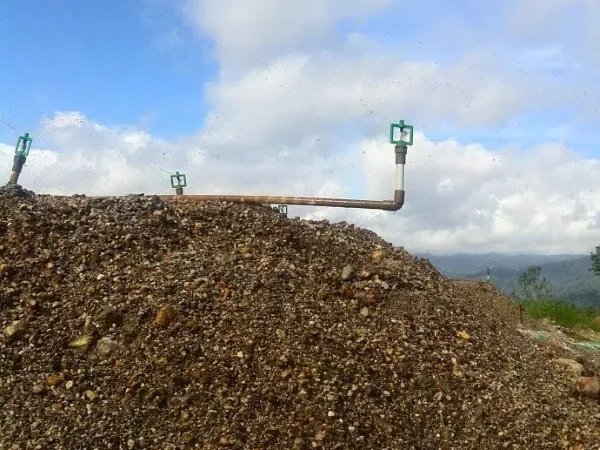
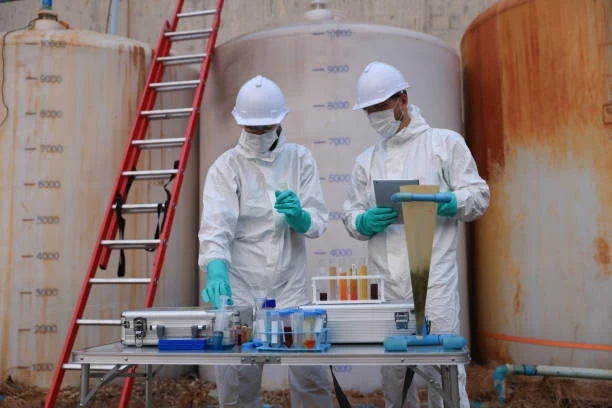
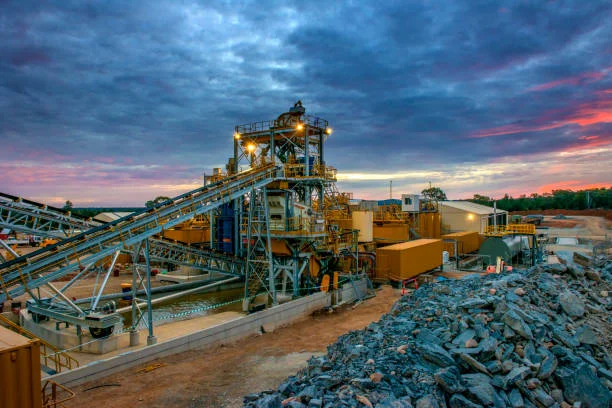
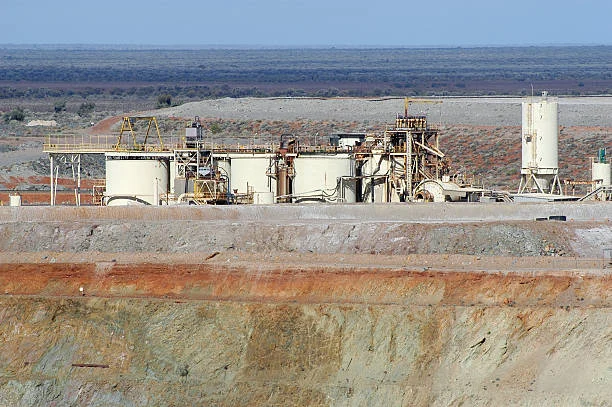
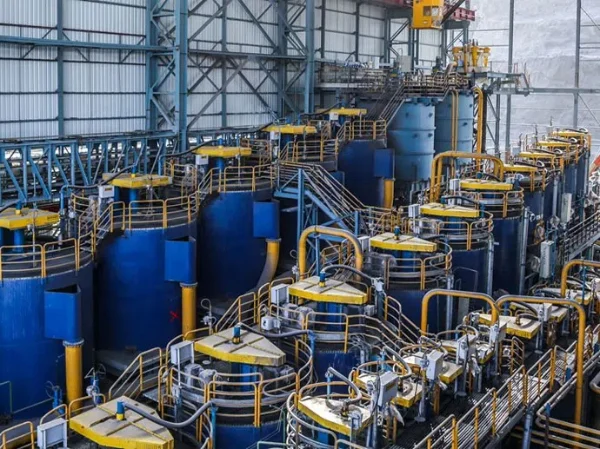
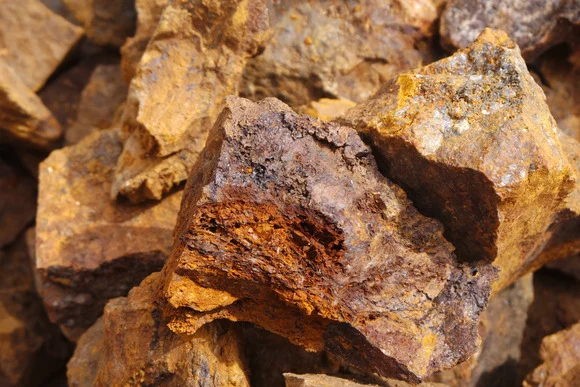
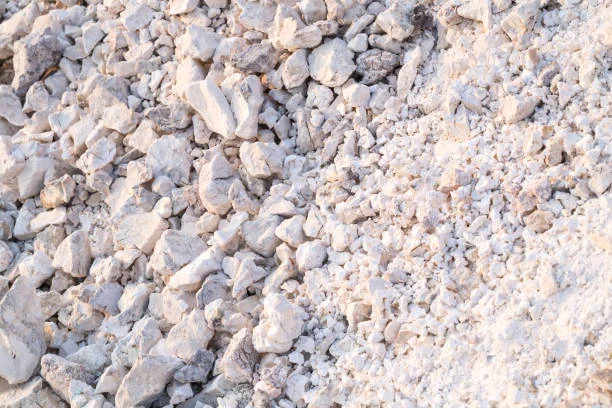
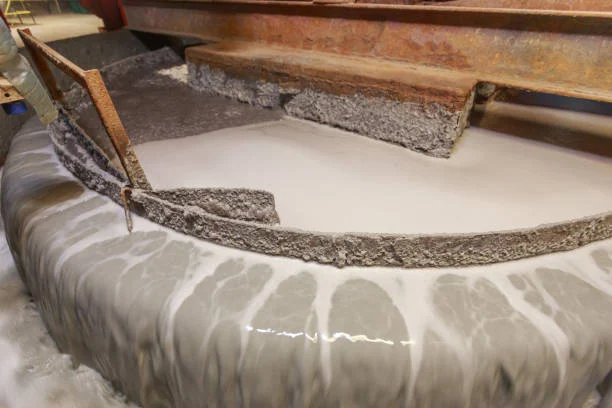

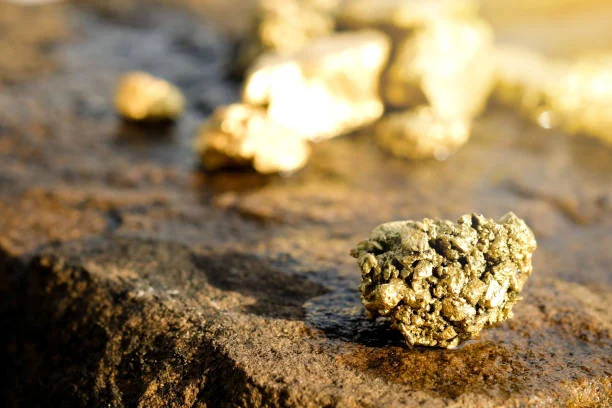
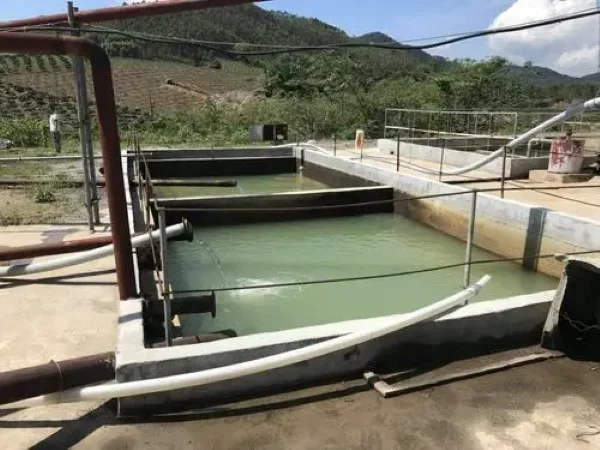

Leave a message with your needs or comments
Add comment: